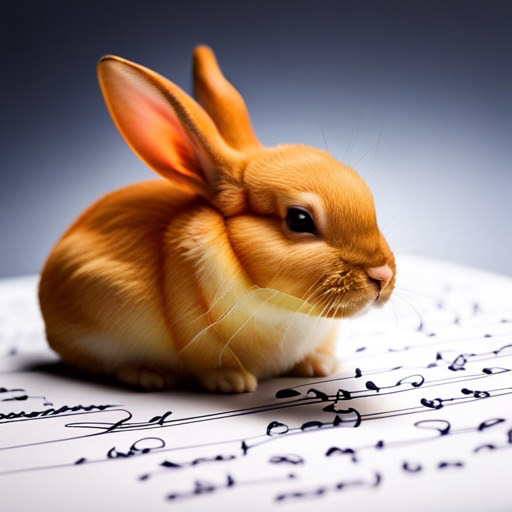
The color of ink and style of writing in a greeting card don’t inherently change the message itself. However, they can influence the perceived tone and emotion of the message. Here’s how:
Color of Ink
The color of ink used in a greeting card can greatly affect the overall tone and emotion conveyed, even beyond the message itself. Traditionally, black ink is perceived as formal and professional. It carries a sense of seriousness, making it a perfect choice for formal events or situations requiring a level of decorum. When you pen a message in black, it implies importance and gravity, making it a safe, traditional choice for most occasions.
Blue ink, on the other hand, often carries a more personal and friendly tone. This color is considered softer and warmer compared to black, making it perfect for casual, friendly, or personal messages. Blue ink can lend a calming, trustworthy feel to your words, making it an excellent choice for expressing feelings of sympathy or congratulations.
Brighter colors, such as red, green, or purple, tend to evoke more playful and whimsical emotions. These colors are perfect for occasions like birthdays or holidays, where a fun and light-hearted tone is appropriate. However, these colors should be used carefully, as they may not be as easily legible as black or blue, and can sometimes distract from the message itself. The choice of color is a subtle way to set the mood for your greeting, adding an additional layer of depth to your message.
Writing Style
The style of writing in a greeting card can also significantly influence how the message is perceived. Cursive writing, with its elegant and flowing script, tends to give a card a more formal, personal, or even romantic feel. Cursive can make your message seem more heartfelt and thoughtful, as it requires more time and effort compared to print. It can convey a sense of nostalgia and tradition, as it’s less commonly used in the digital age.
Print writing, conversely, often comes across as more casual, modern, and straightforward. It’s typically easier to read, making it a good choice when the message is long or complex, or when it’s being sent to someone who might struggle with deciphering cursive script. The simplicity of print can also lend an air of clarity and directness to your words, which can be beneficial in many contexts.
However, these aren’t hard and fast rules. The personal touch is often what makes handwritten cards so special. Someone’s personal handwriting, whether in print or cursive, can convey a sense of their personality and individuality, making the message feel even more special and unique. The decision between print and cursive is another way to customize your message and make it stand out.
Overall, while these factors don’t change the actual words in a message, they can subtly influence how the message is received. A fun message written in bright ink might seem even more cheerful, while a heartfelt message written in cursive might seem even more sincere. It’s another layer of communication that can help express your sentiments more fully.
Please note that if you purchase from clicking on the link, some will result in us getting a tiny bit of that sale to help keep this site going
